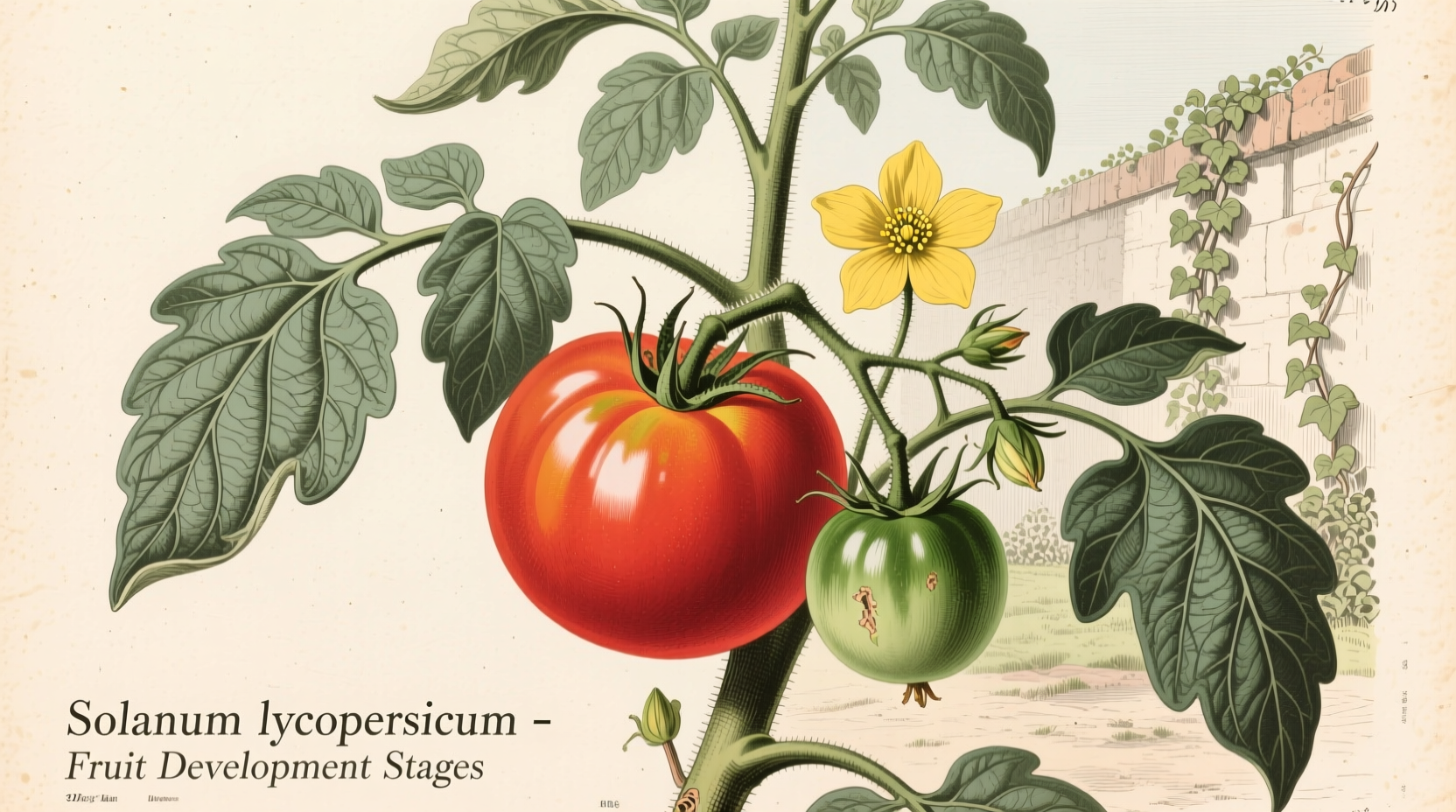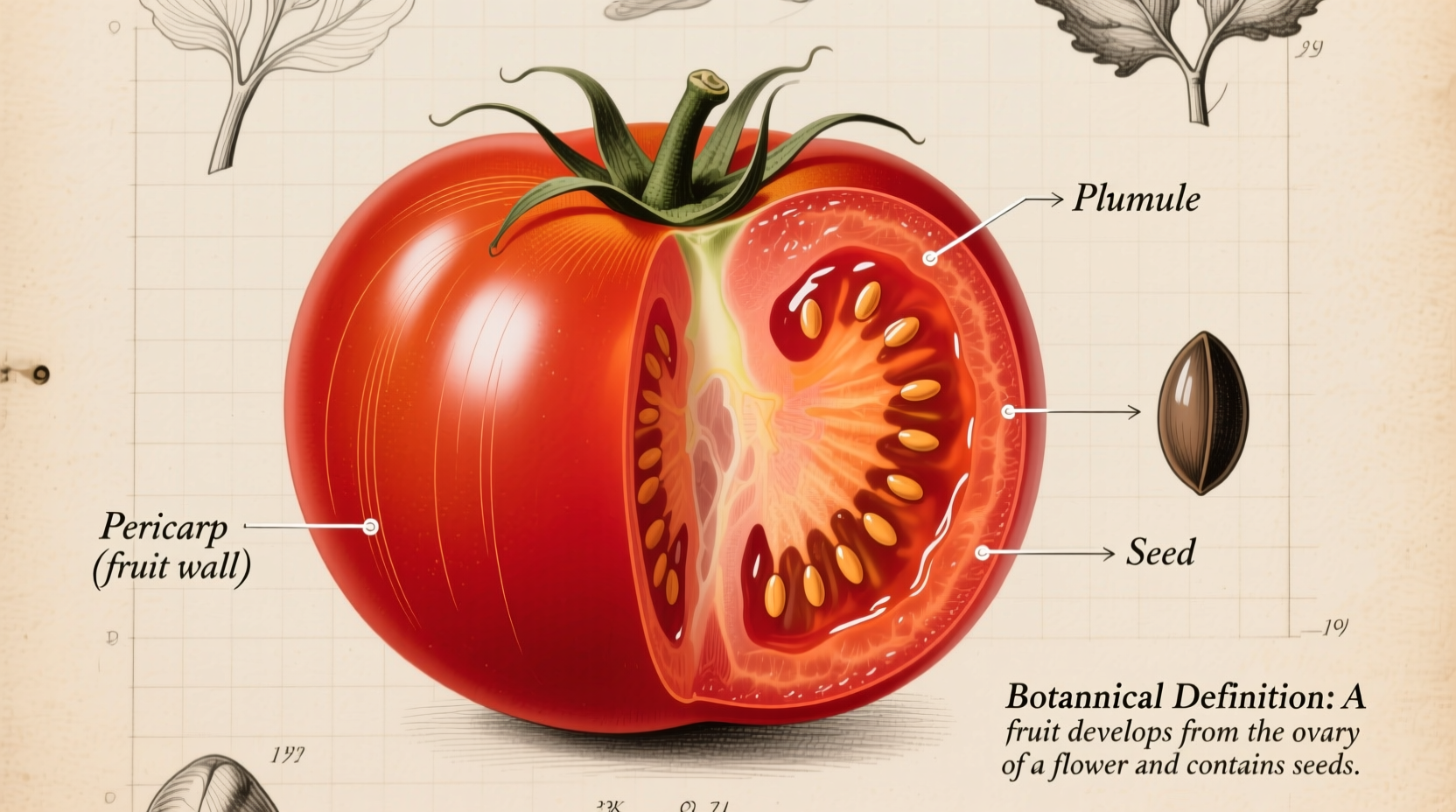Ever wondered why your salad tomato sits in an identity crisis between fruit and vegetable categories? You're not alone. This botanical puzzle has confused home cooks, chefs, and even US Supreme Court justices for over a century. Let's clear up this juicy misconception once and for all.
The Scientific Truth Behind Tomato Classification
From a botanical perspective, the answer is straightforward: tomatoes qualify as fruits because they develop from the ovary of a flowering plant and contain seeds. This definition, established by Swedish botanist Carl Linnaeus in the 18th century, places tomatoes squarely in the fruit category alongside cucumbers, peppers, and eggplants.
"The biological classification system doesn't care about taste or culinary use," explains Dr. Linda Chalker-Scott, an extension horticulturist at Washington State University. "If it comes from a flower and holds seeds, it's a fruit in botanical terms."
Why the Vegetable Confusion?
The tomato's vegetable reputation stems from culinary tradition rather than science. In cooking contexts, vegetables typically refer to savory plant parts like roots, stems, and leaves, while fruits are sweet and often used in desserts. Tomatoes' low sugar content and savory applications led to their kitchen classification as vegetables.
| Classification Type | Criteria | Tomato Status |
|---|---|---|
| Botanical | Develops from flower, contains seeds | Fruit |
| Culinary | Savory flavor profile, used in main dishes | Vegetable |
| Legal (US) | Subject to vegetable tariffs | Vegetable |
The Supreme Court Case That Changed Everything
In 1893, the US Supreme Court made a landmark decision in Nix v. Hedden that cemented tomatoes' legal status as vegetables. The case centered on tariff laws that taxed vegetables but not fruits. Justice Horace Gray wrote in the unanimous decision:
"Botanically speaking, tomatoes are the fruit of a vine, just as are cucumbers, squashes, beans, and peas. But in the common language of the people, all these are vegetables which are grown in gardens, and are usually served at dinner in, with, or after the soup, fish, or meats which constitute the principal part of the repast, and not, like fruits, generally as dessert."
This ruling created the unusual situation where tomatoes are scientifically fruits but legally vegetables in the United States. The USDA continues to classify tomatoes as vegetables in nutritional guidelines and agricultural reports, maintaining this century-old distinction.

Practical Implications for Your Kitchen
Does this classification matter for your cooking? Surprisingly, yes. Understanding why tomato is a fruit helps explain its culinary behavior:
- Acidity balance: As fruits, tomatoes contain natural acids that interact differently with other ingredients than true vegetables
- Ripening process: Tomatoes continue ripening after picking like other fruits, affecting storage decisions
- Flavor development: The fruit classification explains why tomatoes develop complex sugars when cooked slowly
- Nutritional profile: Tomatoes share nutrient characteristics with other fruits, particularly high lycopene content
Global Perspectives on Tomato Classification
The tomato confusion isn't limited to English-speaking countries. In many languages, the distinction between fruit and vegetable follows similar patterns. The European Union's Common Agricultural Policy classifies tomatoes as vegetables for regulatory purposes, while scientific communities worldwide maintain the botanical fruit classification.
Interestingly, in traditional Andean cultures where tomatoes originated, there was no strict fruit/vegetable distinction. "Indigenous communities in South America viewed tomatoes as complete food sources without our modern categorization," notes Maya Gonzalez, a Latin American cuisine specialist who has documented traditional tomato usage across the Americas.
Why This Matters Beyond Classification
Understanding why tomato is a fruit isn't just academic—it affects how we grow, cook, and nutritionally value this staple. Gardeners who recognize tomatoes as fruits understand their need for similar growing conditions as other fruiting plants. Chefs who acknowledge their fruit nature create more balanced flavor profiles. And nutritionists who recognize their dual identity develop more comprehensive dietary recommendations.
The tomato's classification journey—from South American wild plant to global kitchen staple—demonstrates how scientific understanding and cultural practices can coexist despite apparent contradictions. This humble fruit-vegetable hybrid continues to challenge our categories while enriching our plates.
Is a tomato technically a fruit or vegetable?
Botanically, tomatoes are fruits because they develop from the flower and contain seeds. Culinary and legal traditions often classify them as vegetables due to their savory flavor profile and usage in main dishes rather than desserts.
Why did the Supreme Court classify tomatoes as vegetables?
In the 1893 Nix v. Hedden case, the US Supreme Court ruled tomatoes should be classified as vegetables for tariff purposes because they're typically served in main courses rather than as dessert. This legal distinction was based on common usage rather than botanical classification.
Do other fruits get mistaken for vegetables?
Yes, several fruits are commonly mistaken for vegetables including cucumbers, eggplants, bell peppers, and zucchini. All develop from flowers and contain seeds, meeting the botanical definition of fruit despite their savory culinary applications.
Does the fruit classification affect how I should cook tomatoes?
Understanding tomatoes as fruits explains their natural acidity and sugar content, which affects how they interact with other ingredients. When cooking tomatoes slowly, their fruit sugars caramelize, creating deeper flavors—similar to how other fruits behave when cooked.











 浙公网安备
33010002000092号
浙公网安备
33010002000092号 浙B2-20120091-4
浙B2-20120091-4